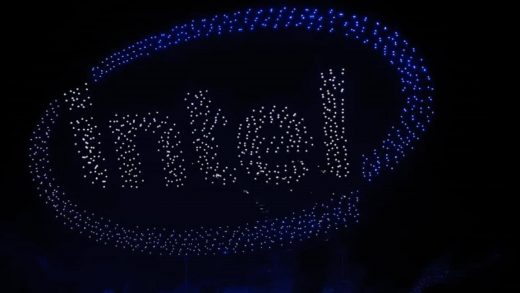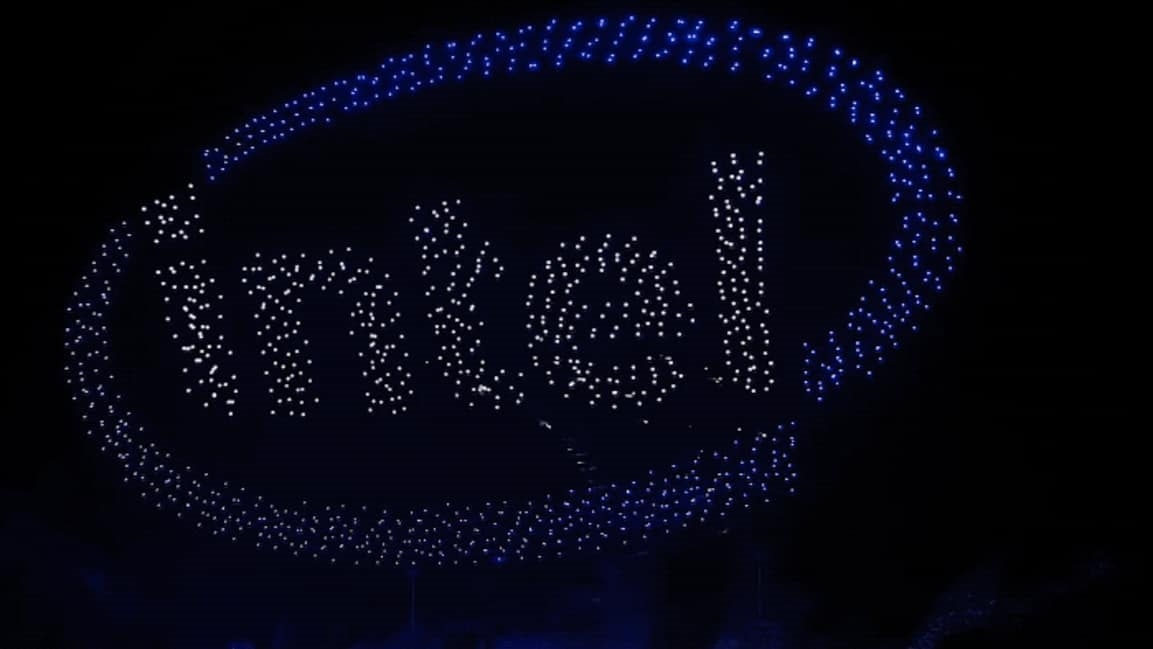Intel’s delightfully nerdy creative storytelling may be no more
Bees. With backpacks. That’s what led Intel’s global creative director Teresa Herd to see the potential in the power of having an internal creative team. A few years ago, during a routine business meeting in Singapore she happened to be sitting in on, the presenter flashed a quick slide showing a bee with a backpack. Herd immediately spoke up. “I said, What is that?!’ And they told me all about it,” she told me when we spoke earlier this fall. “A few months later, we were shooting that story.” That’s when Herd understood the value of “having teams embedded in places where people are talking about parts of the business and don’t even realize what they have in terms of storytelling.”
Bees with backpacks was the first major project for Agency Inside, Intel’s in-house creative shop, and it kicked off an impressive, award-winning run. Agency Inside was named AdAge‘s Internal Agency of the Year in 2017, and it has racked up a number of industry awards as well, most recently for its drone light show at the 2018 Winter Games.
It’s not often that a brand–much less one whose business is mostly selling its products to other businesses and not consumers–can create this kind of intriguing, compelling work on a consistent basis.
So Thursday’s report in The Information that Intel is cutting down its award-winning internal creative agency comes as a surprise. The in-house group has had about 90 employees and helmed by Herd, global director of experience design Nam Nguyen, and global director of Intel Creative Content Labs Yogi Graham. “As Intel’s complex business continues to expand across more products and industries,” a company spokesperson tells Fast Company, “we’re recalibrating our marketing strategy to be more B2B and ecosystem focused. As part of this shift in strategy, we’ve decided to reduce the capabilities and evolve the focus of our internal creative agency, Intel Agency Inside.”
This is disappointing because in many ways Agency Inside was the model any brand would be smart to emulate. (One could argue it’s the polar opposite of, say, Pepsi’s in-house effort, which produced the Kendall Jenner debacle two years ago.) It also runs counter to the trend: Overall, companies are embracing internal creative agencies. Back in August, the In-House Agency Forum and Forrester released a survey that said in-house agencies have increased by 52% in the past decade, and that the growth rate has increased from 42% in 2008 to 64% today. Sixty-seven percent of in-house agencies said that they weren’t adequately staffed to meet the demands of the business. By that account, Intel should be staffing up, not downsizing.
Back in September, I spoke to Herd about this upward trend of internal agency growth, and she pegged the movement as a function of corporate “financial decisions, as well as access.” She added, “My hope is it will continue and evolve to include that [companies embrace internal agencies because they] deliver really good work for the brand. If it’s just about saving money, there are lots of ways to do that, and I hope it’s more than that.”
The company’s move follows the departure of chief marketing officer Steve Fund this past May, and then CEO Brian Krzanich’s resignation in June over allegations of a relationship with another Intel employee. Robert Swan has been interim CEO while the company looks for a permanent replacement.
Intel seemed to have found the right balance between working with outside agencies and creating its own work in-house, so this scale back should probably give other brands with internal creative ambitions some measure of pause. It certainly won’t end the in-house versus external agency debate, but if it does anything, it reiterates that creating compelling, effective advertising at scale–that also makes financial sense–is incredibly tough, whether you’re inside or out.
But it’s hard not to think about what might be lost in the process. Last summer, Intel put together a compelling story of how it was using drones to help preservation efforts on the Great Wall in China. At the time Herd said this project was also emblematic of the potential of an internal creative team. Her colleagues had pitched the business side on its story potential. “I can tell a very technical story to people who would be interested in that. Then creatively, it’s also a super appealing human-interest story that can elevate their perception of Intel outside of the PC,” Herd said. “We look at it both ways: Does it have the technical chops that will make it interesting to people who may be interested in using this stuff? But also, is anyone else going to watch it?”
Fast Company , Read Full Story
(34)



